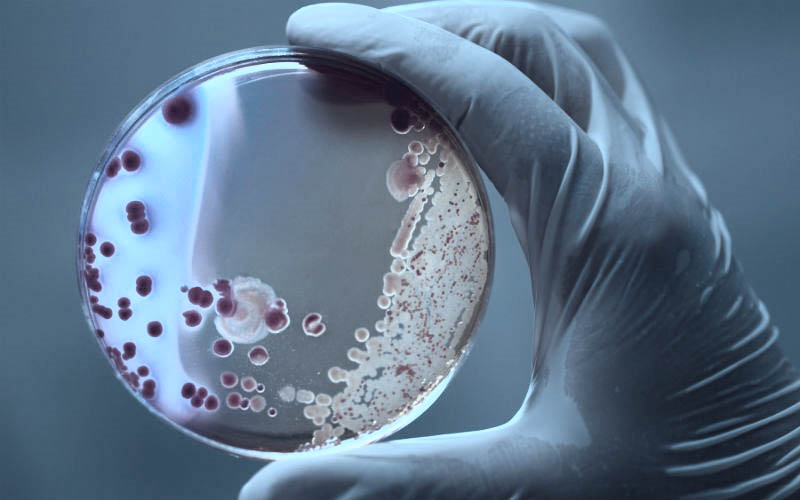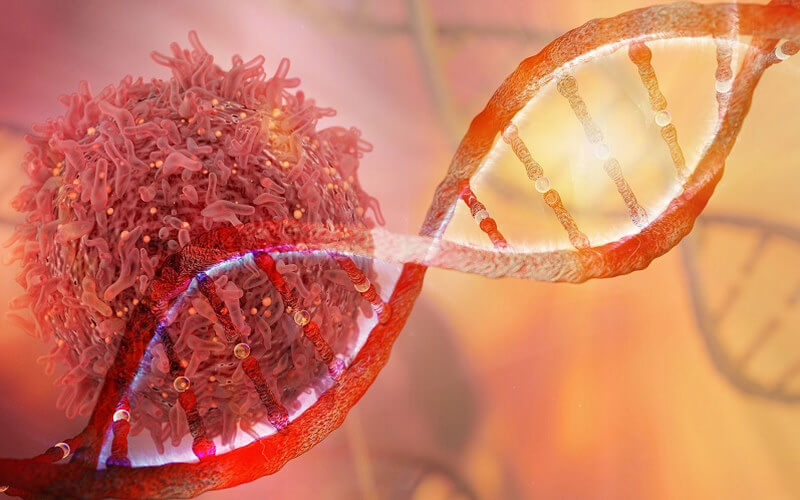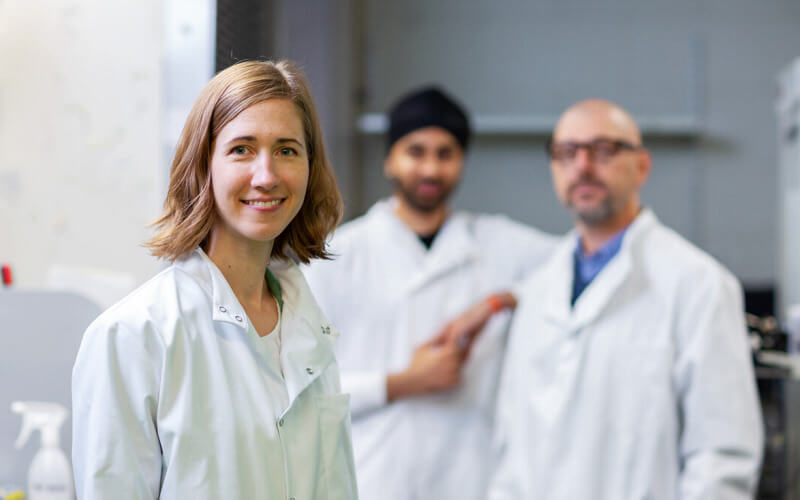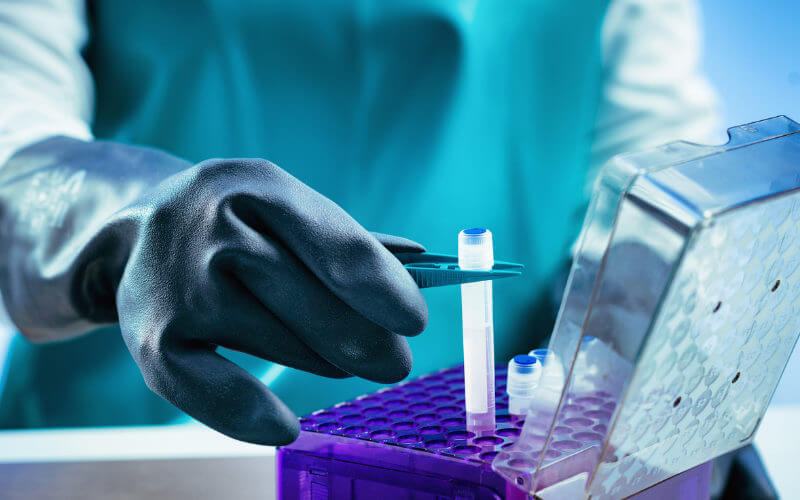Liver Tissue Engineering

The Liver Group Charity
The medical research charity aims to improve the treatment of Liver Disease through research.

UCL collaborates on design of BioArtificial Liver Machine
UCL has been working with Renfrew Group on a workstation for a highly innovative cryopreservable BioArtificial Liver Machine to treat patients with liver failure.
Our work
We aim to translate basic science to clinical use. With respect to the current focus we undertake research and development in the following areas.
The Liver Group
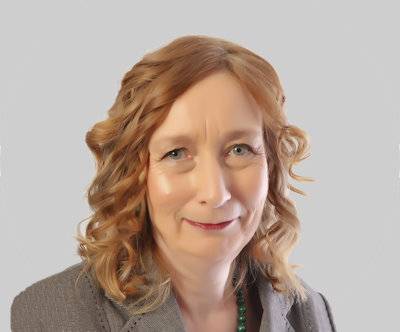
Prof. Clare Selden
Professor of Experimental Hepatology
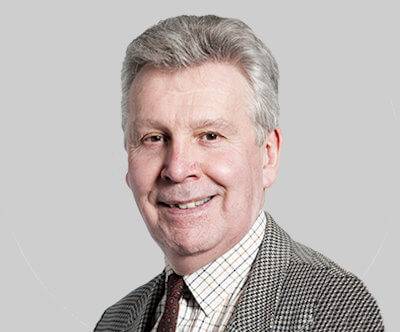
Prof. Barry Fuller
Professor in Surgical Sciences
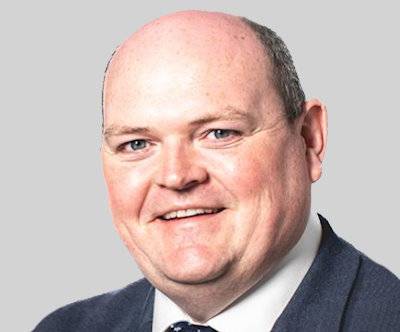
Dr Brian Hogan
Lead clinician in liver critical care
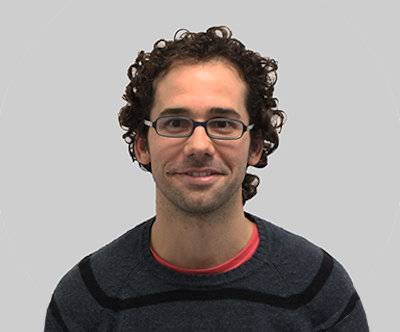
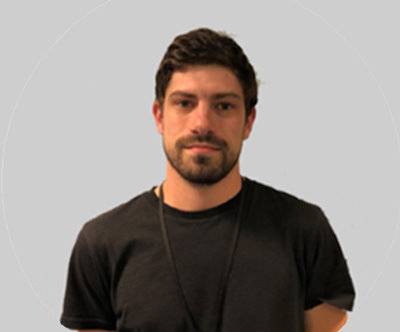
Mr Thomas Brookshaw
Research Technician
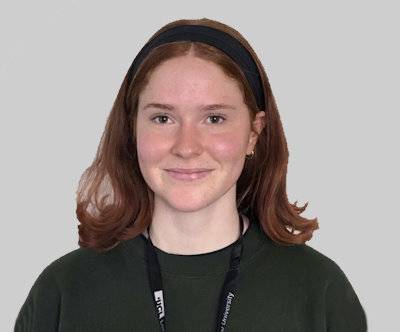
Miss Rosa French
Laboratory Technician Apprentice
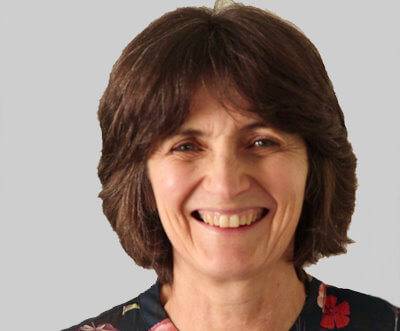
Prof. Wendy Spearman
Collaborator, University of Cape Town
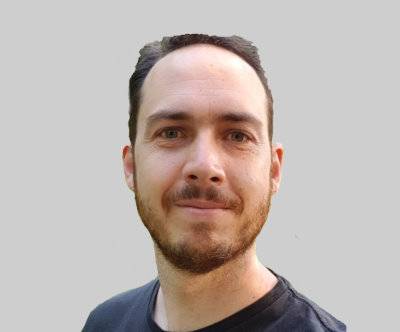
Dr Jeremy Opie
Collaborator, UCLIC
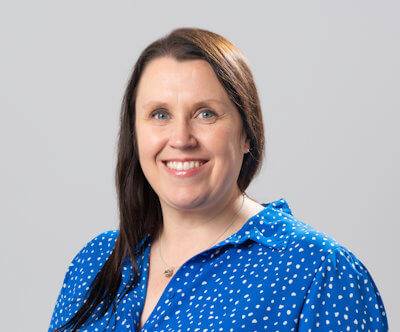
Dr Helen Cooksley
Collaborator, Translational Research
Selected publications
Selden C, Fuller B (2018). Role of Bioreactor Technology in Tissue Engineering for Clinical Use and Therapeutic Target Design. Bioengineering (Basel). 2018 Apr 24;5(2):32.
Gonzalez-Molina J, Zhang X, Borghesan M ... Fuller B, Gavara N, Selden C (2018). Extracellular fluid viscosity enhances liver cancer cell mechanosensing and migration. Biomaterials. 2018 Sep;177:113-124.
Gonzalez-Molina J, Mendonça da Silva J, Fuller B, Selden C (2019). The extracellular fluid macromolecular composition differentially affects cell-substrate adhesion and cell morphology. Sci Rep. 2019 Jun 11;9(1):8505.
Awan M, Erro E, Forster-Brown E, Brookshaw T, Chandel S, Chalmers SA, Watt A, Fuller B, Selden C (2022). Dimethyl sulfoxide for cryopreservation of alginate encapsulated liver cell spheroids in bioartificial liver support; assessments of cryoprotectant toxicity tolerance and dilution strategies. Cryobiology. 2022 Jun;106:79-83.
Mendonça da Silva J, Stamatis C, Chalmers SA, Erro E, Selden C, Farid SS (2021). Decisional tool for cost of goods analysis of bioartificial liver devices for routine clinical use. Cytotherapy. 2021 Aug;23(8):683-693.
Kilbride P, Morris GJ, Milne S, Fuller B, Skepper J, Selden C (2014). A scale down process for the development of large volume cryopreservation. Cryobiology. 2014 Dec;69(3):367-75.
Mendonça da Silva J, Erro E, Awan M, Chalmers SA, Fuller B, Selden C (2020). Small-Scale Fluidized Bed Bioreactor for Long-Term Dynamic Culture of 3D Cell Constructs and in vitro Testing. Front Bioeng Biotechnol. 2020 Aug 20;8:895.
Selden C, Bundy J, Erro E, Puschmann E, Miller M, Kahn D, Hodgson H, Fuller B, et al. (2017). A clinical-scale BioArtificial Liver, developed for GMP, improved clinical parameters of liver function in porcine liver failure. Sci Rep. 2017 Nov 6;7(1):14518.
Massie I, Selden C, Hodgson H, Fuller B, Gibbons S, Morris GJ (2014). GMP cryopreservation of large volumes of cells for regenerative medicine: active control of the freezing process. Tissue Eng Part C Methods. 2014 Sep;20(9):693-702.
Massie I, Selden C, Hodgson H, Fuller B (2011). Cryopreservation of encapsulated liver spheroids for a bioartificial liver: reducing latent cryoinjury using an ice nucleating agent. Tissue Eng Part C Methods. 2011 Jul;17(7):765-74.
Coward SM, Legallais C, David B ... Selden C (2009). Alginate-encapsulated HepG2 cells in a fluidized bed bioreactor maintain function in human liver failure plasma. Artif Organs. 2009 Dec;33(12):1117-26.
Damelin LH, Coward S, Kirwan M, Collins P, Selden C, Hodgson HJ (2007). Fat-loaded HepG2 spheroids exhibit enhanced protection from Pro-oxidant and cytokine induced damage. J Cell Biochem. 2007 Jun 1;101(3):723-34.
Ramasamy TS, Yu JS, Selden C et al (2013). Application of three-dimensional culture conditions to human embryonic stem cell-derived definitive endoderm cells enhances hepatocyte differentiation and functionality. Tissue Eng Part A. 2013 Feb;19(3-4):360-7.
Ross J, Gherardi E, Mallorqui-Fernandez N ... Selden C, Hodgson H (2012). Protein engineered variants of hepatocyte growth factor/scatter factor promote proliferation of primary human hepatocytes and in rodent liver. Gastroenterology. 2012 Apr;142(4):897-906.
Selden C, Spearman CW, Kahn D, Miller M, Figaji A, Erro E, Bundy J, Massie I, Chalmers SA ... Fuller B, Hodgson H (2013). Evaluation of encapsulated liver cell spheroids in a fluidised-bed bioartificial liver for treatment of ischaemic acute liver failure in pigs in a translational setting. PLoS One. 2013 Dec 18;8(12):e82312.
Coward SM, Selden C, Mantalaris A, Hodgson HJ (2005). Proliferation rates of HepG2 cells encapsulated in alginate are increased in a microgravity environment compared with static cultures. Artif Organs. 2005 Feb;29(2):152-8.
Erro E, Bundy J, Massie I, Chalmers SA ... Fuller B, Hodgson H, Selden C (2013). Bioengineering the liver: scale-up and cool chain delivery of the liver cell biomass for clinical targeting in a bioartificial liver support system. Biores Open Access. 2013 Feb;2(1):1-11.
Rahman TM, Selden C, Khalil M, Diakanov I, Hodgson HJ (2004). Alginate-encapsulated human hepatoblastoma cells in an extracorporeal perfusion system improve some systemic parameters of liver failure in a xenogeneic model. Artif Organs. 2004 May;28(5):476-82.
McCloskey P, Tootle R, Selden C, Larsen F, Roberts E, Hodgson HJ (2002). Modulation of hepatocyte function in an immortalized human hepatocyte cell line following exposure to liver-failure plasma. Artif Organs. 2002 Apr;26(4):340-8.
Three patent families: (i) Multi-functional chamber for housing a biological component 9402944; (ii) Improvements in or relating to growing cells EP2376627A1 (iii) Bio-artificial Liver (Filed 2023: application number 2309282.8)
Funding and partnerships
- National Institute for Health and Care Research
- The Liver Group Charity
- Wellcome Trust
- Innovate UK / Technology Strategy Board
- Medical Research Council
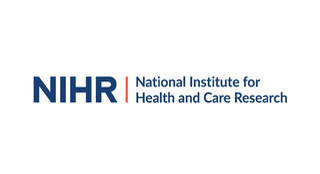
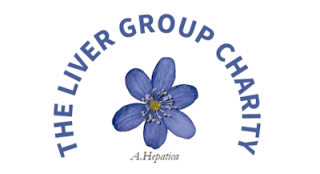



Related programmes
Our members contribute to the iBSc, BSc and master's degrees within the Division of Medicine. We lecture on iBSc courses for medical students. We provide BSc and MSc/MRes research project supervision from within and outside the division. We also have an established track-record in providing high-quality training to PhD students interested in basic, translational, and clinical research in the areas of liver cell biology.
Contact details
- Email: Prof. Clare Selden (c.selden@ucl.ac.uk)
- Tel: +44 (0)20 3549 5979
Address
Division of Medicine, Institute for Liver and Digestive Health
UCL Medical School
Upper 3rd Floor Royal Free Hospital
LONDON
NW3 2QG
 Close
Close


